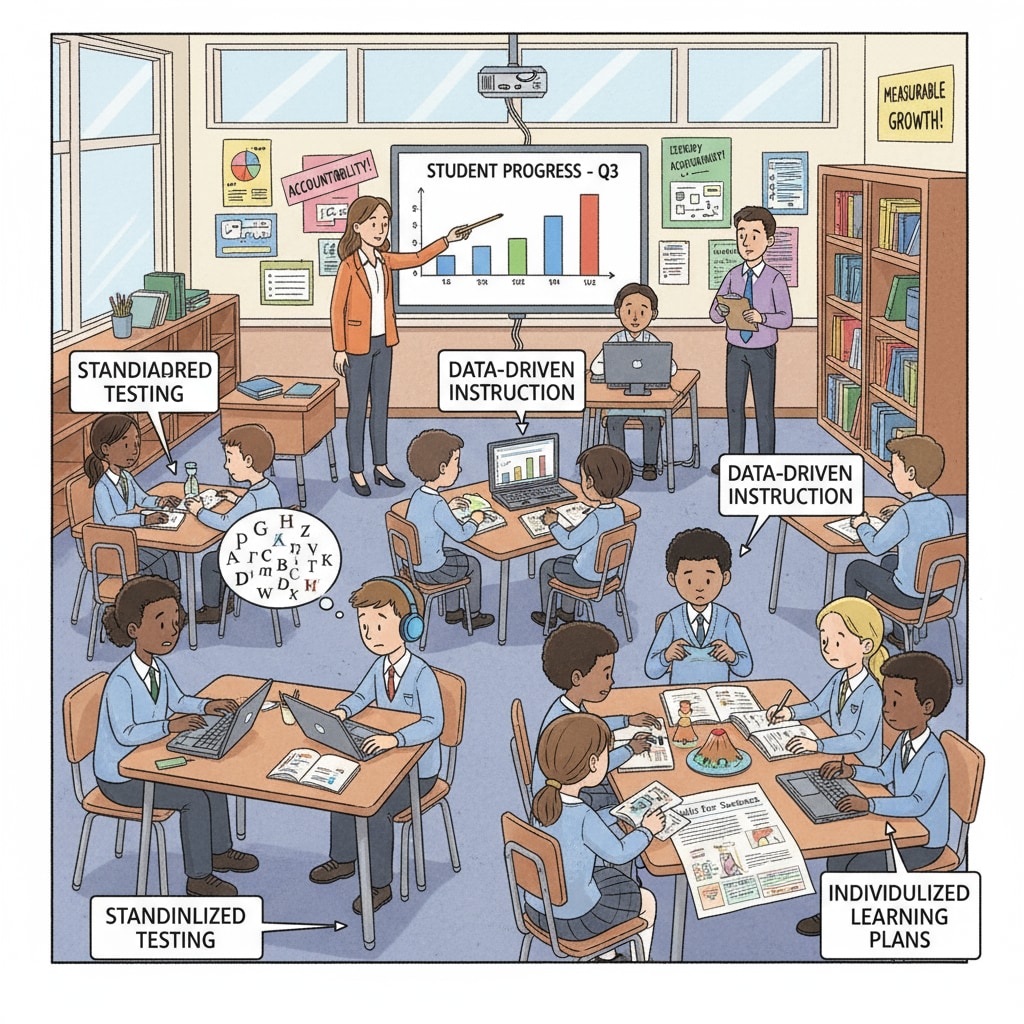The “No Child Left Behind” (NCLB) Act has been a significant force in driving educational accountability and transformation in the United States’ K – 12 education system. This act, since its implementation, has had a profound impact on various aspects of education, from teaching methods to school leadership.

As we look back, it’s crucial to understand how it has reshaped the education ecosystem.
The Redefinition of Educational Accountability
The NCLB Act brought a new era of educational accountability. Before its enactment, there was a lack of a standardized way to measure schools’ performance. With NCLB, schools were now held accountable for the academic progress of all students, regardless of their background. For example, schools had to meet annual yearly progress (AYP) targets in reading and mathematics. This was a major shift as it forced schools to focus on every student’s learning. No Child Left Behind Act on Wikipedia

Altered Teaching Practices
The NCLB Act also significantly influenced teaching practices. Teachers had to adapt their methods to meet the new academic standards. There was an increased emphasis on test – based instruction as schools strived to improve students’ performance on standardized tests. In addition, professional development for teachers became more focused on helping them teach to these standards. This led to a more structured and targeted approach to teaching. No Child Left Behind Act on Britannica
However, this also had some drawbacks. Some critics argued that the focus on testing led to a narrowing of the curriculum, with less time for subjects like art, music, and physical education.
Readability guidance: The above content uses short paragraphs to present key points. The lists help summarize the impacts of the NCLB Act on different aspects of education. The passive voice is used sparingly, and transition words like ‘however’ and ‘in addition’ are added to enhance the flow.


